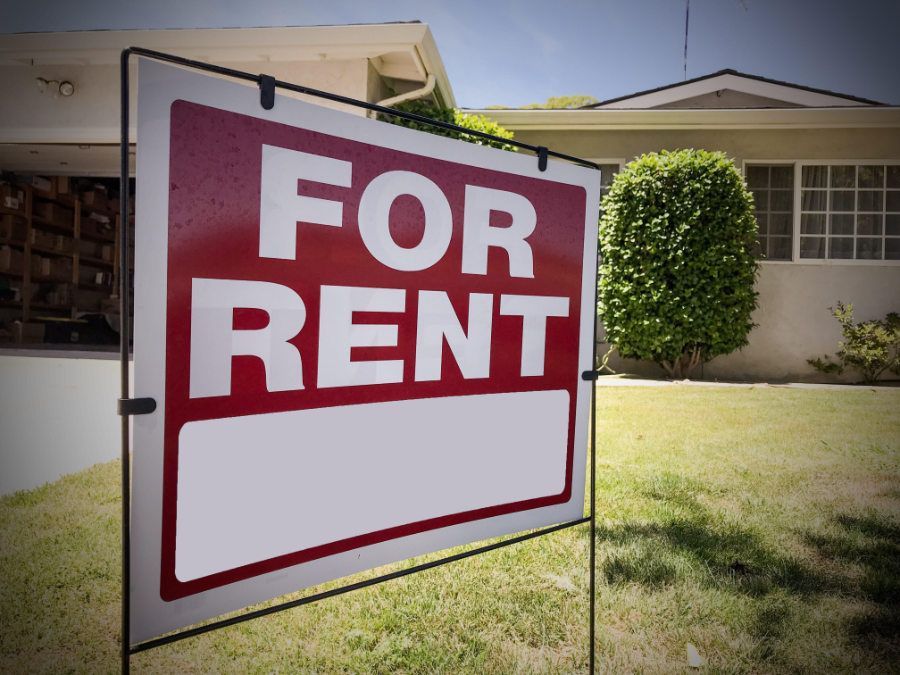Does Your Long Beach Rental Embrace the New Work from Home Concept?
A Home Office Is A Great Way To Make Your Property More Desirable

The world is finally opening up and many people are realizing that working from home is a better option than going to the office. New tenants may be looking for options to work from home and embracing this concept for your Long Beach rental can increase your chances of gaining long term tenants. Offering a rental with a dedicated office can add an additional $350 -$750 a month depending on the location.
Before you start repurposing or building a dedicated home office, contact your property management company. It will help to get advice from experts that know your property.
Repurposing a Room
The easiest way to achieve a work from home concept is by repurposing an existing room and converting it into a dedicated office. This can be a smaller bedroom with a good source of natural light whether it be windows or skylights on the ceiling.
Lighting should be a top priority. Having ample light can reduce the tenant’s eye strain and headaches. Painting the wall a neutral color such as white or a light blue is recommended as well. Finally, making sure to add additional outlets to the room for computers and other devices is helpful to minimize the use of extension cords as there are risks to overloading a single outlet.
If your rental is furnished, consider having a good office chair and desk with adjustable heights. Some tenants may prefer to work standing. Plenty of shelves and office storage Repurposing a room for a dedicated office can reduce immediate storage space but there are
ways to increase small storage upgrades to your Long Beach rental and keep your tenants happy.
Building an ADU
If budget allows it, building an ADU (accessory dwelling unit) to be a dedicated office in your rental can add square footage to the property. It can also give you the liberty of designing a room to be more suitable as an office without any compromises.
However, the trade off is an average build time of 3-4 months due to planning, permits and designing. Additionally the costs can be large depending on the size of the ADU. Costs range from approximately $150 to $300 per square foot. ADUs are a great option if your budget allows because they can
add value to your Long Beach rental property.
Prebuilt Office
A popular solution to adding office space to your Long Beach rental property is the use of Office Pods or Studio Sheds. These are quick solutions to adding office space in a short amount of time.
Work Pods ship everything necessary to build a stand alone home office for $23,000, these can be installed on common surfaces such as brick, concrete, gravel or simply grass as each pod comes with a hassle free foundation that is adjustable to accommodate most terrain while being designed to distribute up to 4 tons of weight evenly. Each work pod has a simple port to connect power, all you need is to connect the provided 66 ft cable. One side to the pod and the other to an outlet. Preferably this outlet should be a dedicated 20amp 110 VAC 50hz/60hz circuit. With dimensions designed to be under 100sqft, Work Pods are DIY friendly and usually don't require permits. It's best to check with the city to be sure of this.
Studio Sheds have a similar concept, though more models to choose from with square footage ranging from 64sqft to 256sqft and pricing ranging from as little as $13,910 to $19,265. Much like the Work Pods, a Studio shed may also require a building permit depending on the model you choose from. They also offer an option to have the Studio Shed professionally built and installed. For the electrical, it is your responsibility to make the connection and may require you to obtain an electrical only permit, which is usually simpler than a full building permit.
Adding a home office to your Long Beach rental can be an asset, if you have any questions about building an ADU or buying a prebuilt office call us at (562) 888-0247 or fill out our
free rental analysis to see what your rental could yield today.





